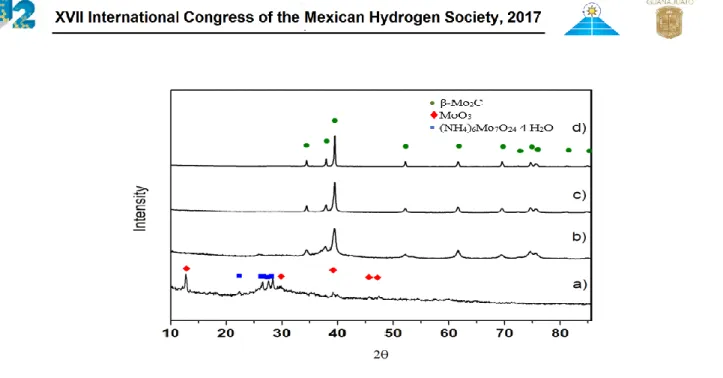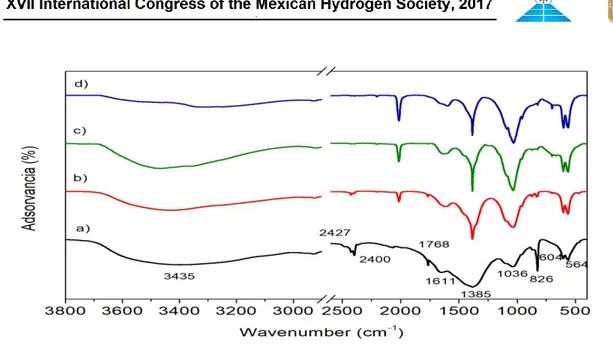Heterostructured materials synthesized via AACVD applied for direct water splitting irradiated with an AAA solar Simulator
Texto completo
Figure




Documento similar
In particular, all the defects discussed above play a key role in streamlining the physical and chemical properties of semi- conductor materials directly associated with the
In order to check for any “activity amount”- related effects, we further analyzed the samples by splitting runner and high runner (Fig. The results seem to indicate a
In previous work, we reported variations in the instrumental hardness and adhesiveness of mixtures of distilled water and several clay materials [14] but also of special
The idea behind is such that the normal system, with zero superconductivity, can support an odd number of pairs of Fermi points for a given chemical potential, similar to the
thermal and high pressure processing on antioxidant activity and instrumental colour of 563 . tomato and
Biplot of bioavalilable (B) and water –soluble (W) metals and arsenic concentrations with physicochemical properties and total metal concentration from redundancy analysis (RDA)
Physical (mass loss, ultrasonic pulse velocity and capillary water absorption coefficient) and mechanical (compressive strength) properties were studied after the mortars were
Comparison of the B 1s spectrum of the B-doped C-SWNT with that of the BN nanotubes indicates that the chemical environment of boron is rather similar to that expected for an sp
